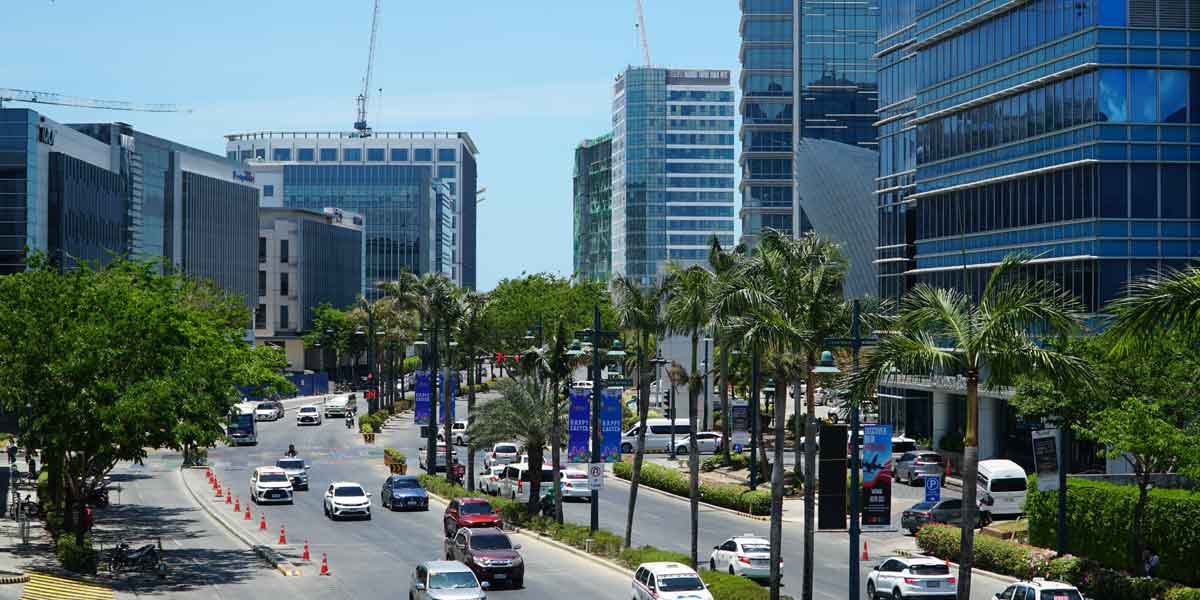When Armed Forces of the Philippines Chief of Staff Gen. Romeo Brawner Jr. said “There are 250,000 OFWs working in Taiwan, and we will have to rescue them,” he was not being alarmist.
He was telling the truth.
The security of Filipinos abroad, especially those caught between great power rivalries, has become one of the most urgent yet under-discussed national security concerns in recent memory.
And for Filipinos in Taiwan—factory workers, domestic helpers, caregivers, and professionals—there is now a growing cloud of danger over what used to be just another job destination.
Taiwan is home to over 153,000 documented Filipino workers, according to the 2023 data from the Philippine Overseas Employment Administration (POEA).
Brawner may have cited 250,000 to include undocumented migrants, Filipinos on short-term or student visas, and those on inter-company assignments. The exact number may fluctuate, but the implication is clear: tens of thousands of Filipino lives hang in the balance if tensions in the Taiwan Strait boil over.
The 2023-2028 National Security Policy (NSP) already recognized this in black and white. It listed the Taiwan conflict as a “major concern,” citing its potential impact on economic stability, refugee influx, and the welfare of overseas populations. The document states that “any military conflict in the Taiwan Strait would inevitably affect the Philippines given the geographic proximity of Taiwan to the Philippine archipelago.”
This is not the first time Filipinos have faced danger abroad.
When war broke out in Libya in 2011, the Philippine government was caught flat-footed. Over 13,000 OFWs had to flee the conflict. In Lebanon (2006) and Ukraine (2022), evacuation efforts were slow and perilous. In the latter case, it was private citizens and NGOs who stepped in to help distressed OFWs cross borders into Poland and Romania.
The Department of Foreign Affairs has pre-positioned contingency plans for the evacuation of Filipinos in Taiwan since at least 2022, but these are mostly desk exercises. Real-world implementation will be far more complicated. Taiwan has no land borders. In the event of a full-scale conflict with China, its airspace and ports could be among the first to be targeted.
As Ben Lewis of PLATracker warned, any attempt by the Philippine military to evacuate Filipinos in Taiwan may require crossing Chinese maritime or air boundaries—raising the stakes for escalation.
Are we ready?
The government says it is.
The Northern Luzon Command (NOLCOM), which covers Ilocos, Cagayan Valley, and parts of Central Luzon, has already drafted contingency plans. During Kamandag 8 exercises in 2023, U.S. and Philippine troops simulated evacuation drills in Batanes, the country’s northernmost island group and a potential staging area for such operations.
Balikatan 2024 also saw training scenarios involving coastal defense, heliborne rescues, and maritime domain awareness—components that could be applied to an actual repatriation operation.
But are these enough?
The AFP Modernization Program has long been beset by delays and funding constraints. Evacuating tens of thousands of civilians under threat of war is a logistical nightmare even for a highly resourced military. The Philippine Air Force has only three C-130s in operational status as of late 2023, and the Navy’s sealift capabilities remain modest. Even if commercial ferries were hired or chartered, Taiwan’s surrounding waters could become conflict zones overnight.
Civilian agencies—especially DFA, DOLE, and OWWA—must work in lockstep with the AFP, not as separate entities, to avoid what happened in previous crisis evacuations.
Human security must be at the heart of national defense.
The Philippines must prepare not only for kinetic threats from state actors but for the welfare of its people, whether they live in Batanes or Taipei.
This demands a three-pronged response:
- Institutionalize inter-agency evacuation protocols under a single command structure. The government must form a National Repatriation Task Force that includes DFA, DND, DOTR, OWWA, and DOH—so that in a crisis, action is immediate and coordinated.
- Expand and preposition civilian maritime assets—not just military—at key ports in Luzon. Chartering ferries, building temporary docks in Batanes, and acquiring roll-on/roll-off vessels must be considered now, not during war.
- Enhance diplomacy with Taiwan and ASEAN neighbors. Quiet, backchannel arrangements must be made to ensure Filipino civilians can cross borders or be evacuated through third-party states like Japan or South Korea if needed. Taiwan’s own National Fire Agency already trains for evacuation scenarios—why not have Philippine representatives embedded there?
It is ironic that the same Filipinos who keep the Philippine economy afloat through PHP 1.84 trillion in annual remittances (BSP data, 2023) are also the most vulnerable when conflict erupts in host countries.
If the government truly values OFWs as “modern-day heroes,” it must do more than celebrate them on Migrant Workers Day.
It must plan—not just for their deployment—but for their safe return should war break out in Taiwan or elsewhere.
The warning signs are here. Now is the time to act.
















